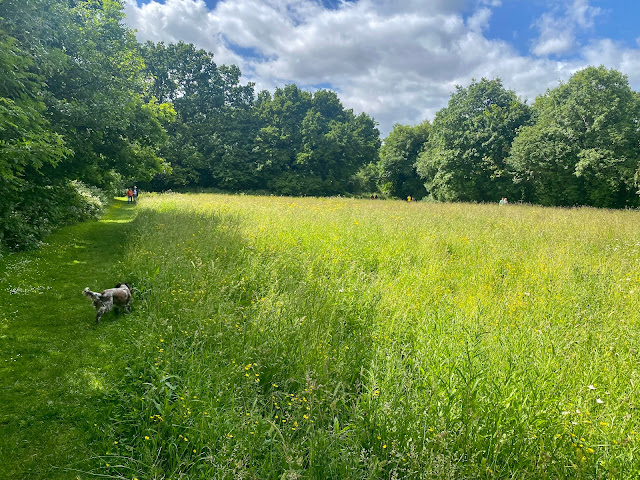Meadows and Pastures. The Cannon Hill Park Meadow

Meadows and pastures traditionally served the same purpose for feeding cattle and sheep throughout the year, pastures for all-year grazing and meadows providing hay for winter feeding, and these grassland features would have been an integral part of the city structure and development of the marketplace well into the 20th century. Many of our meadows are now managed for their wildlife value, maintained and enhanced on a single 'cut and collect' regime each year. By removing the nutrient-rich cuttings, the practice ensures a nutrient-poor soil layer, thus enabling a variety of flowering plants to thrive, rather than a coarse grass-dominated grassland. Cannon Hill Meadow 2022 Highgate Park was Birmingham's first purchased municipal park, bought by the city council from a Trust set up at the request of the previous landowner Elizabeth Hollier in 1790, with an official acknowledgement by Mayor Joseph Chamberlain in 1876, three years after the opening of Cannon Hill Park. Up unt...


